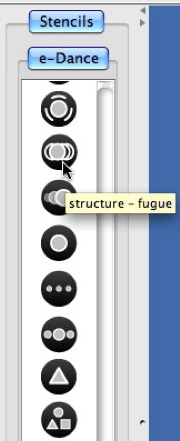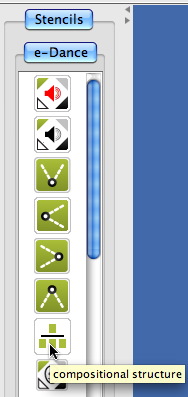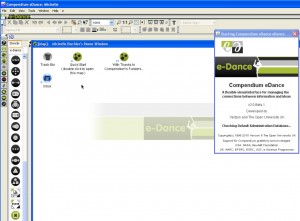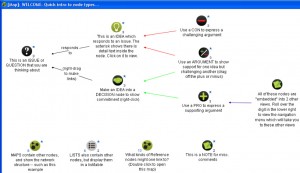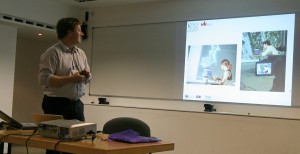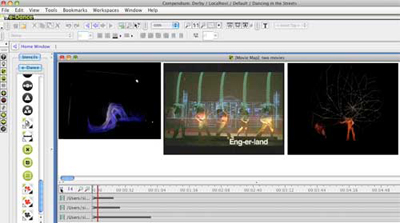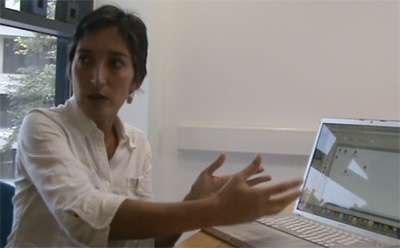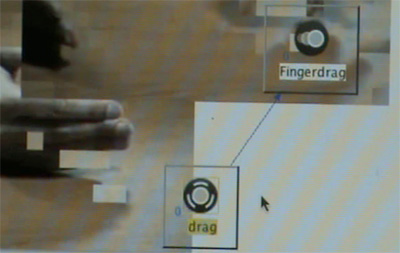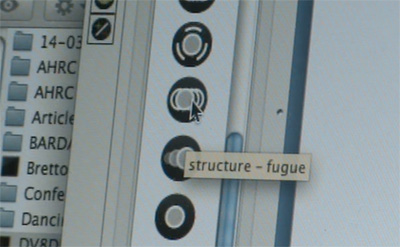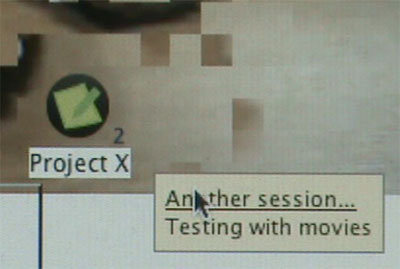e-Dance@BL’s Growing Knowledge Exhibition
12 10 2010
Today sees the launch of the British Library’s major new exhibition on how digital tools are already transforming how we do research: Growing Knowledge: The Evolution of Research (12 October 2010 – 16 July 2011). [Media coverage]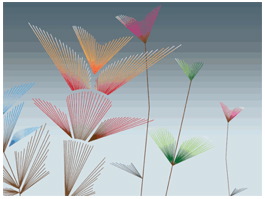
We’re delighted to say that the e-Dance Project was selected as one of the examples, showcasing how close collaboration between technology researchers (originally developing Access Grid video-conferencing/collaboration tools, and Compendium hypermedia mapping, in an e-Science context) enables arts and humanities researchers, in this case Choreographic researchers/practitioners, to break new ground playing with time and space in their discipline.
The e-Dance exhibit presents video material introducing the project, with examples of the technologies in action. Some of this is on the BLGK demos website, an extract from an extended podcast playlist.
Browse the blog to learn more, and to download the Access Grid Scene Editor and Compendium e-Dance Edition.
This article sets out the academic rationale for e-Dance:
Bailey, H., Bachler, M., Buckingham Shum, S., Le Blanc, A., Popat, S., Rowley, A. and Turner, M. (2009). Dancing on the Grid: Using e-Science Tools to Extend Choreographic Research. Philosophical Transactions of the Royal Society A, 13 July 2009, Vol. 367, No. 1898, pp. 2793-2806. [PDF]
Categories : AG, Dissemination, Event, Media, Software, Team
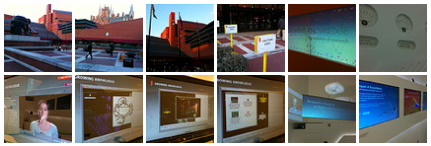


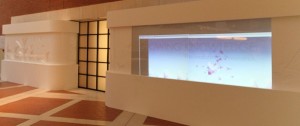
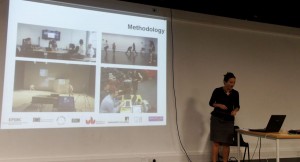
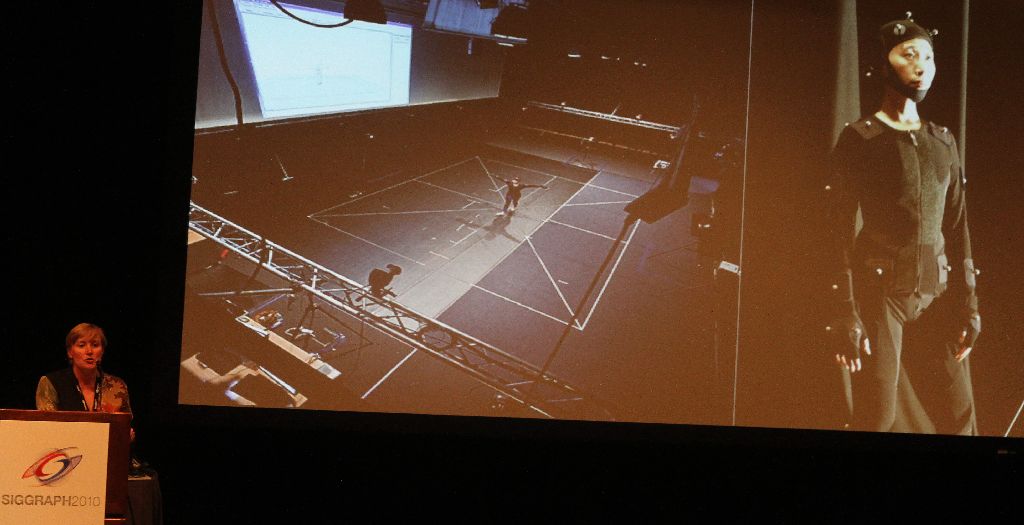
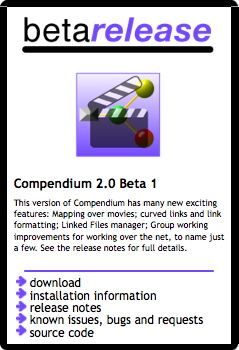 Hurrah! All of the extensions that we added to Compendium during the e-Dance project have now been folded into the new
Hurrah! All of the extensions that we added to Compendium during the e-Dance project have now been folded into the new 